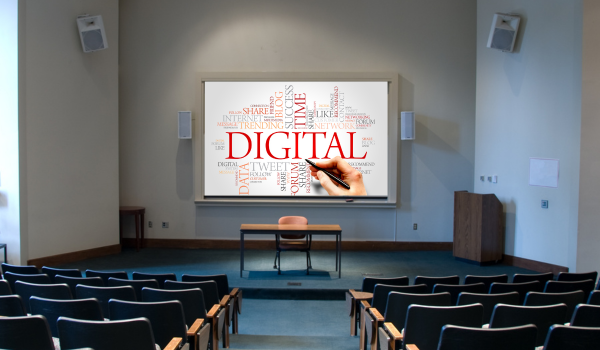The Classroom Remix
Walk into almost any classroom today and you’ll notice a silent battle. On one side, teachers trying to hold students’ attention. On the other, a phone screen buzzing with TikTok dances, trending memes, or YouTube shorts. For many educators, this isn’t just a distraction it’s competition. But what if the competition could become a partner? What if the very tools pulling students away from textbooks could be used to bring them back in?
When Entertainment Meets Education
Across the globe, teachers are experimenting with something that might have sounded outrageous a decade ago: teaching through memes, TikToks, and viral trends. A chemistry teacher breaks down the periodic table with a dance routine. A history lecturer turns world events into short, shareable skits. Even grammar rules are being taught with meme templates that make students laugh while they learn.
These aren’t gimmicks. They tap into how younger generations process information—visually, quickly, and in bursts. In a world where attention spans are shrinking, a 15-second video may capture more learning than a 40-minute lecture.
Why Fun Works
There’s real psychology behind this. Studies have long shown that humor, storytelling, and visual cues improve memory retention. Think about it most of us can recall a funny commercial years after we’ve forgotten an entire school subject. When a meme explains a tricky math concept or a TikTok simplifies a science formula, it sticks. Students may laugh first, but they remember later.
Teachers as Digital Creators
This shift is quietly reshaping the role of teachers. They’re no longer just lecturers standing at the front of a classroom. Many are now content creators in their own right, finding creative ways to connect lessons with students’ daily lives. Of course, this doesn’t mean every teacher needs to master TikTok dances or become viral stars. It’s about reimagining delivery whether that’s through short videos, gamified quizzes, or even classroom memes that students themselves create.
Keeping Balance
Still, there’s a line. Fun can spark curiosity, but it can’t replace fundamentals. A meme might make a history event relatable, but deeper learning still requires reading, analysis, and discussion. The challenge is finding balance: making lessons engaging enough to compete with social media, while ensuring substance isn’t sacrificed for style.
A Local Touch
Closer to home, institutions like INTI International University have seen the benefit of weaving creativity into coursework. By encouraging students to present projects through digital storytelling or gamified methods, they show that education doesn’t have to feel like drudgery. When students enjoy the process, they don’t just complete assignments they take ownership of their learning.
Preparing Gen Alpha and Gen Z
Today’s learners are different. They grew up swiping screens before flipping pages. Their humor is shaped by memes, their attention span by viral clips, and their social life by digital communities. If classrooms don’t evolve, we risk losing them altogether. Innovative teaching isn’t just a trendy idea it’s a necessity. By adapting, teachers can turn potential distractions into tools that nurture creativity, collaboration, and critical thinking.
The Bigger Question
So, should TikTok and memes belong in the classroom? Some might dismiss them as trivial, but ignoring them doesn’t make them go away. The reality is that these platforms already shape how young people think, communicate, and learn. The smarter move is to meet students where they are, then guide them toward meaningful learning experiences.
At the end of the day, education has always been about connection. Whether through chalk on a blackboard or a meme on a projector, the goal remains the same: helping knowledge stick. And sometimes, the most powerful way to do that is to let learning be just a little more fun.
This is the author's personal view and does not necessarily represent the views or official position of RTM.

Dr. Saheera Binti Sardar Mohamed
Senior Lecturer Mass Communication
Faculty Business and Communication
INTI International University
e-mel:

